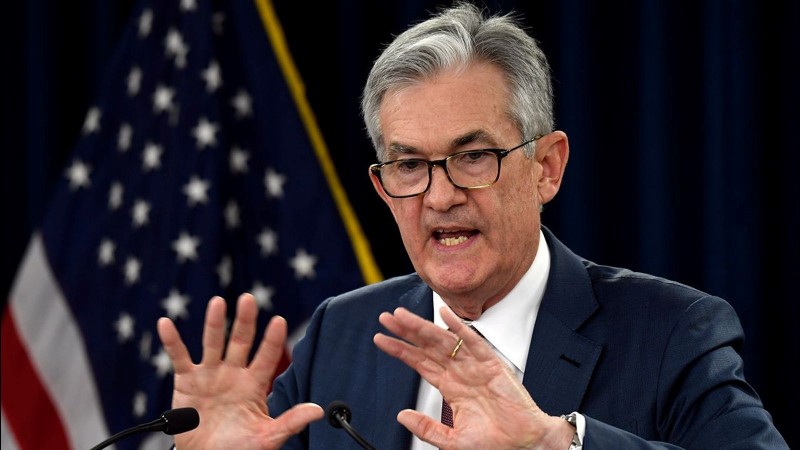Economy
Federal Reserve Poised to Lower Borrowing Costs
The Federal Reserve is set to conclude its two-day meeting on Wednesday with a crucial decision on borrowing costs. The central bank aims to support the labor market as inflationary pressures have subsided. The debate focuses on whether to reduce the Fed’s benchmark interest rate, currently at a 20-year high of 5.25% to 5.5%, by a substantial half percentage point or a more traditional quarter point.
Economic Data and Inflation Trends
Recent economic data show inflation is gradually decreasing towards the Fed’s 2% target. However, the labor market has softened. The unemployment rate rose to 4.2% in August from 3.7% at the end of last year. Monthly payroll growth has slowed, averaging 116,000 over the past three months compared to 212,000 in December 2023.
The Federal Reserve decision to lower rates will impact economic growth and job stability, according to wsj deals.
Debate on Rate Cuts
William English, a former senior Fed adviser, highlighted the Fed’s dilemma in balancing risks between growth and inflation. He suggested that a larger cut of half a percentage point might be justified if growth and employment are prioritized. However, English also noted that if inflation risks remain high, a smaller cut could be more prudent. This balance between promoting growth and controlling inflation is central to the Fed’s decision-making process. His comments reflect the ongoing debate about the appropriate monetary policy approach.
Pros and Cons of Smaller Cuts
Advocates for a quarter-point reduction argue that the economy is fundamentally sound and that a larger cut could spur risky behavior and potentially reignite inflation. Esther George, former president of the Kansas City Fed, suggested that a 25-basis-point cut might be reasonable, with the option to accelerate if conditions worsen.

Harris and the Opportunity Economy A New Vision for America
In recent weeks, Vice President Kamala Harris has centered her policy discussions around a new concept she calls the opportunity economy…
Fed’s Historical Approach
Historically, the Fed has adjusted rates in quarter-point increments to gauge their impact. However, in 2022, they acted more aggressively, raising rates in 50- and 75-basis-point increments to address high inflation. The current debate reflects the Fed’s cautious approach amidst mixed economic signals.
Risk Management and Future Projections
Fed officials focus on managing risks and balancing the threat of rising inflation against potential increases in unemployment. They will complement the upcoming decision with quarterly economic projections that provide insight into future rate decisions. If officials anticipate a total cut of one percentage point this year, they may make at least one larger move.
Potential for Policy Dissent
The close nature of the decision could result in dissent among the 12 policymakers, including five reserve-bank presidents and seven Washington-based governors. A dissenting vote would be unusual, as no Fed official has disagreed on a rate decision since 2005. English noted that this reflects genuine uncertainty among committee members about the best course of action.
Enroll to gain unparalleled political insight, real-time updates, engaging articles, and expert perspectives. Explore journalism’s depth with The Washington Post and The Economist. Seize this chance for enlightenment today.

